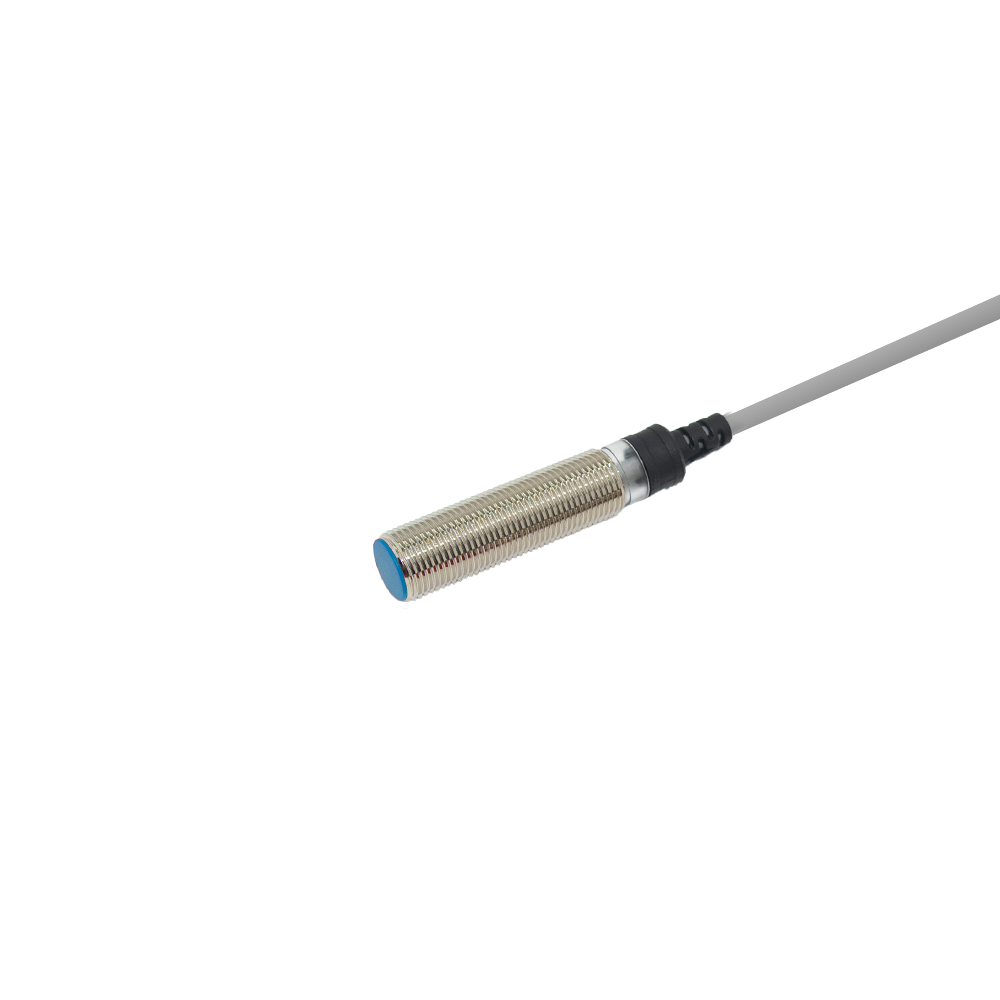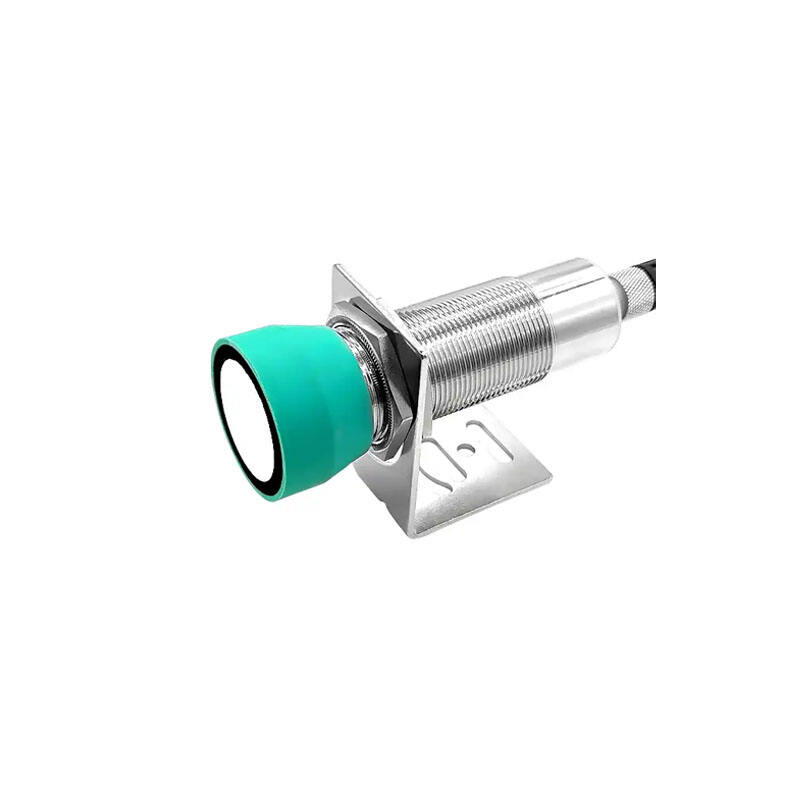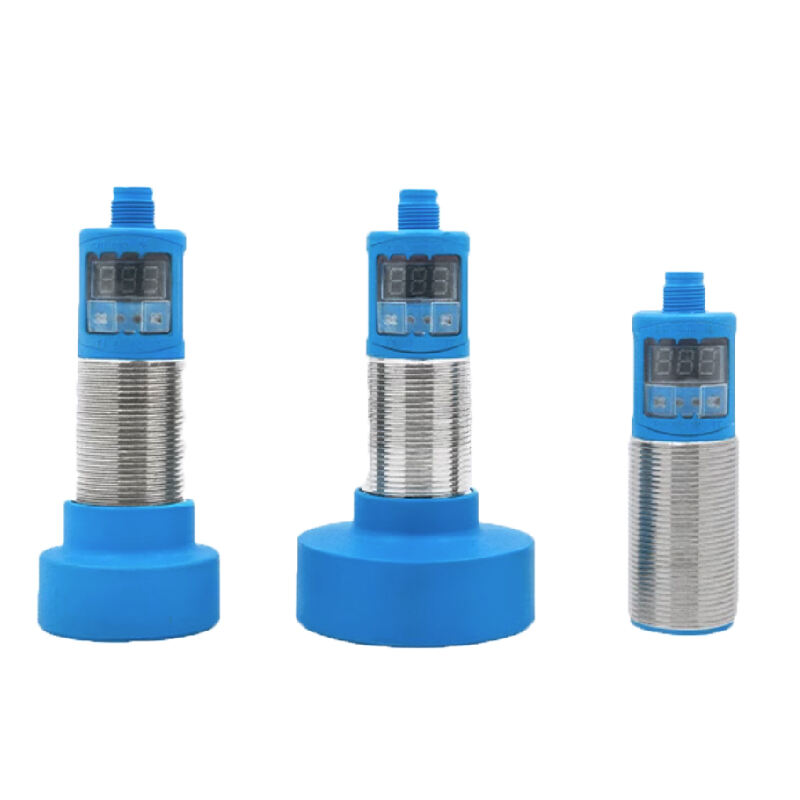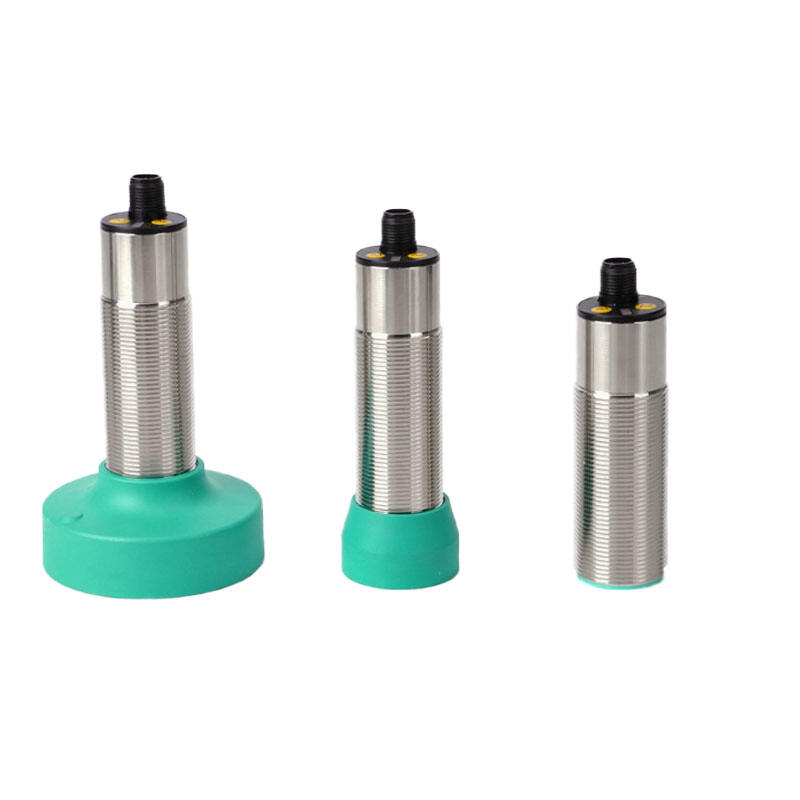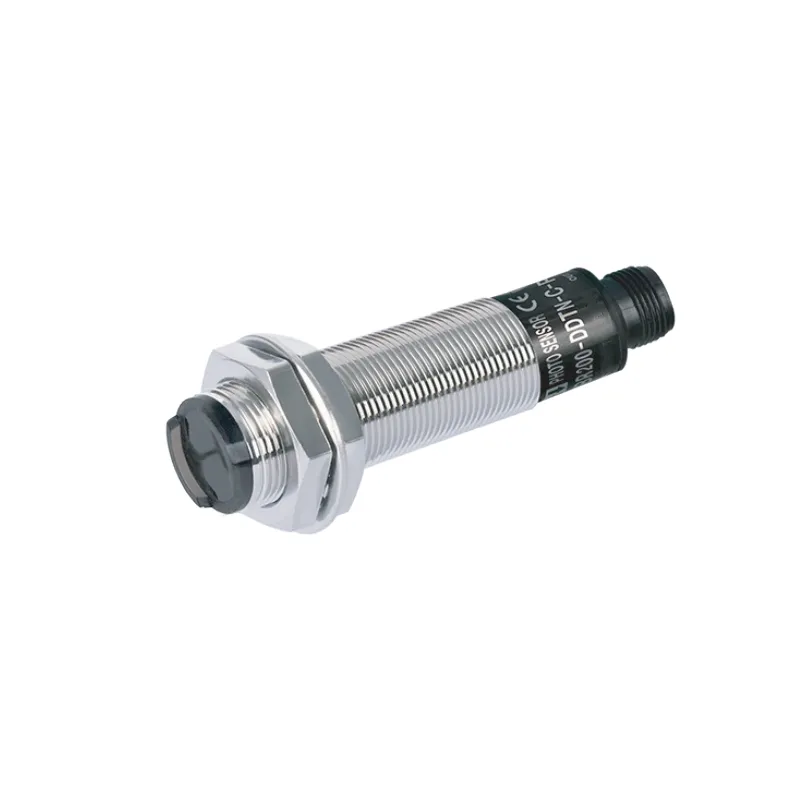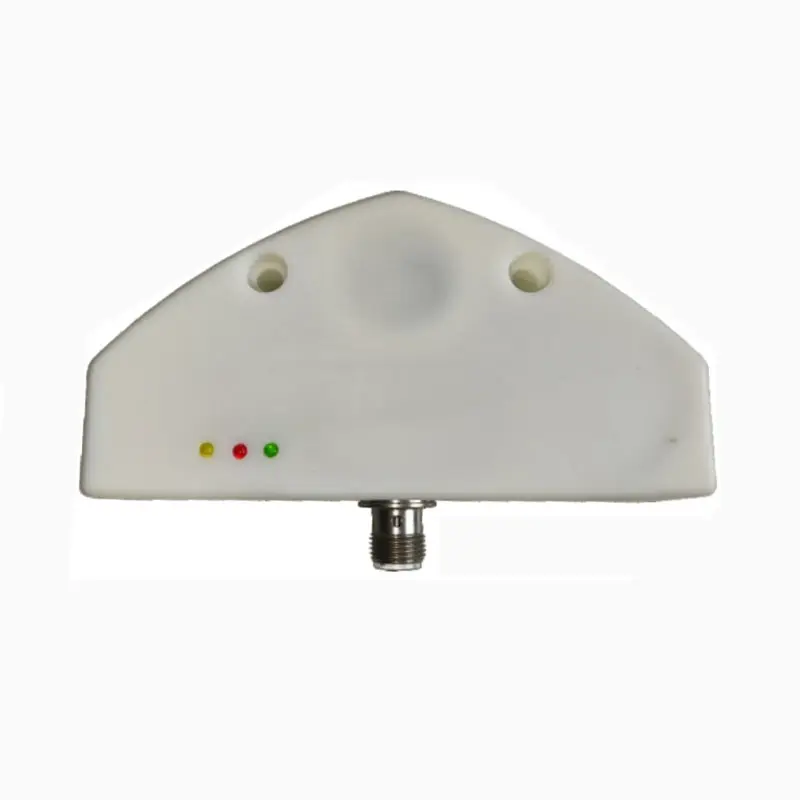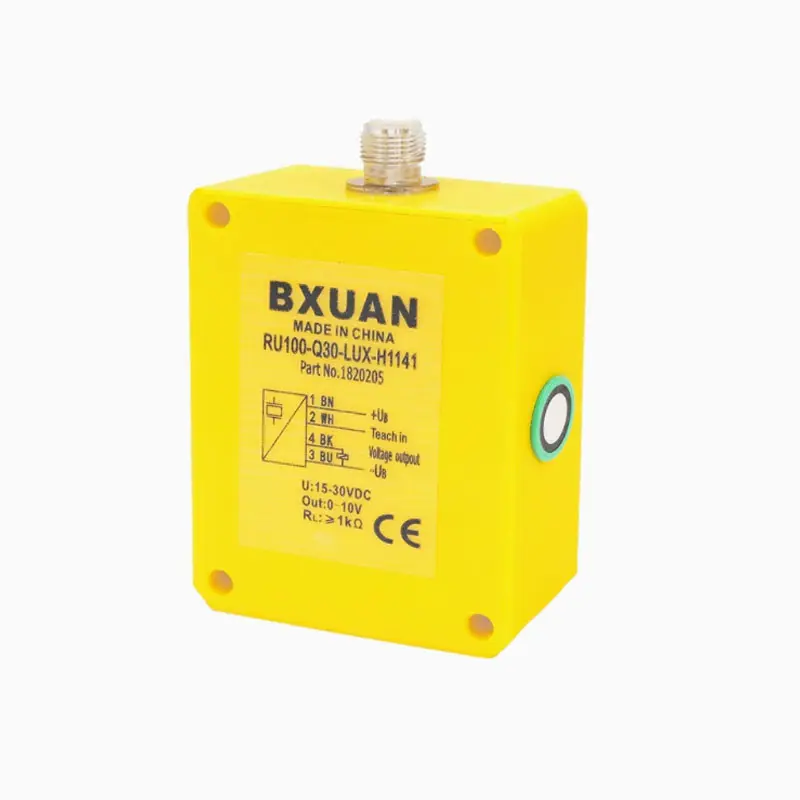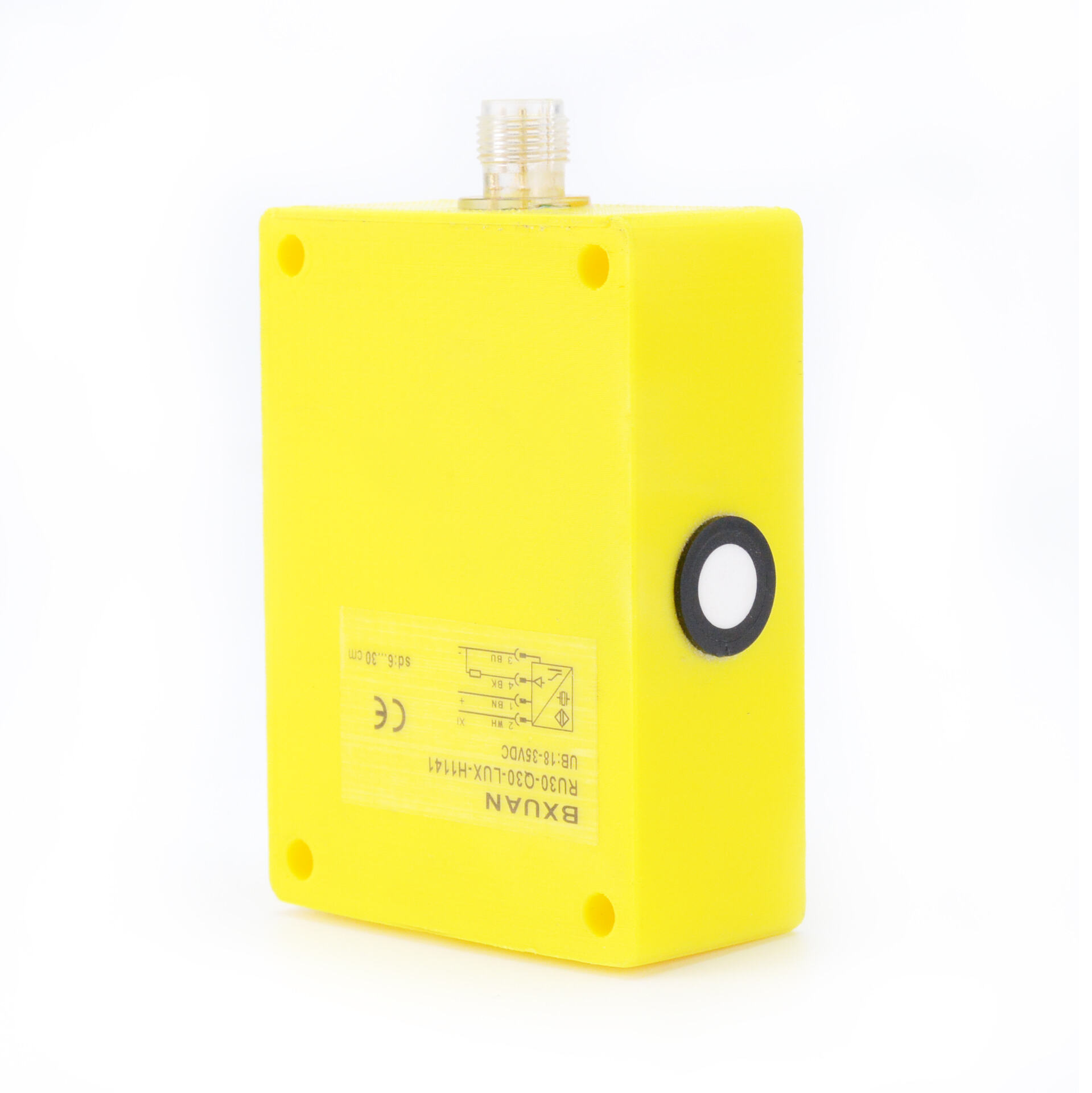water level sensor price
Water level sensor prices vary significantly based on their technological sophistication and applications. These essential devices, ranging from $10 to $500, offer crucial monitoring capabilities for various water-based systems. Basic sensors typically cost between $10 and $50, providing fundamental water level detection through capacitive or float mechanisms. Mid-range sensors, priced from $50 to $200, incorporate advanced features like digital displays, wireless connectivity, and improved accuracy. Premium models, ranging from $200 to $500, offer industrial-grade durability, multiple detection points, and integration with smart systems. The price spectrum reflects differences in measurement accuracy, detection range, and environmental resistance. Factors influencing cost include sensor type (ultrasonic, capacitive, or optical), construction materials, IP rating for water resistance, and additional features such as data logging capabilities. Industrial applications often require higher-end sensors with enhanced durability and precision, while residential uses may be served adequately by more affordable options. The investment in quality sensors often translates to improved reliability and reduced maintenance costs over time.

